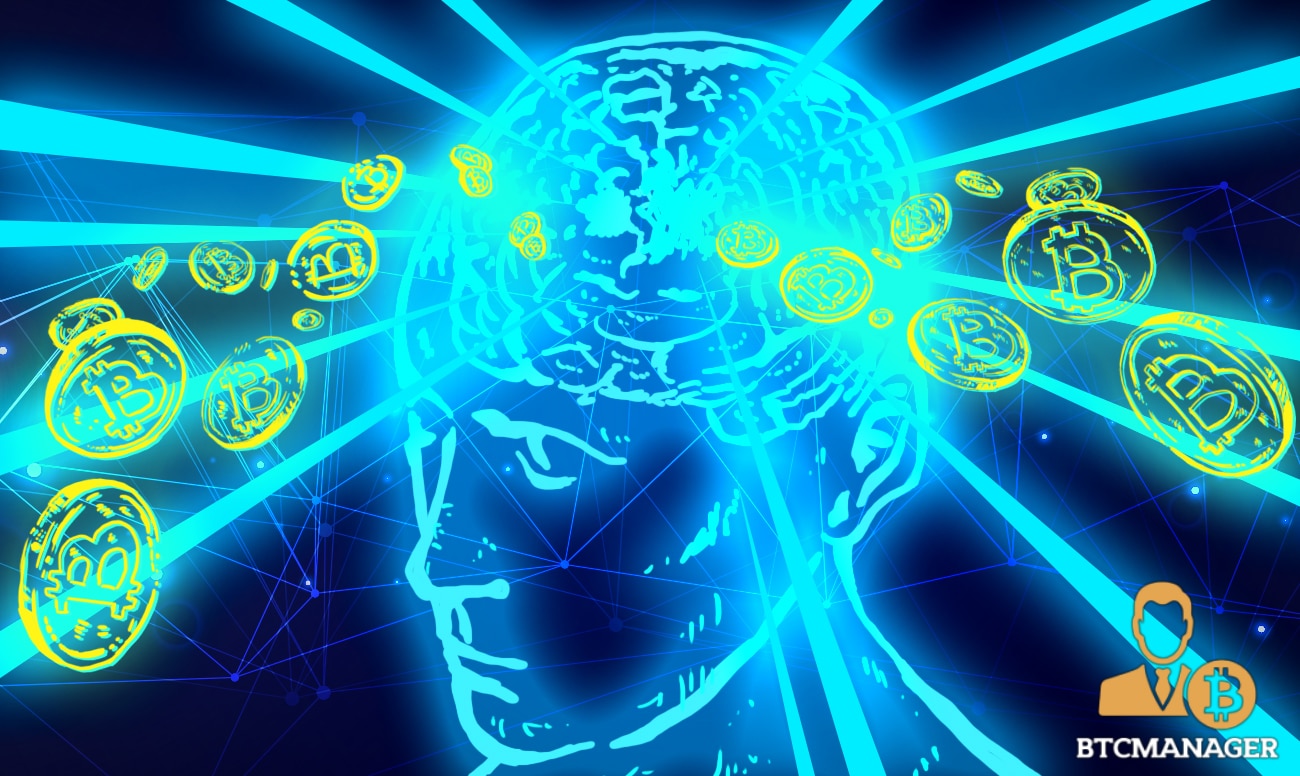Economic Rationality and the Bitcoin Network

The Bitcoin network has now been functioning for a decade. In that time, human beings have actively interacted with the system, participating as miners, running nodes, and making transactions. In addition to securing the network and increasing decentralization by contributing computing power, human beings have also played a significant role in the increase in the value of the cryptocurrency.
In this article, we will examine the motivations behind the actions of individuals who participate in the pioneer cryptocurrency network and the economic rationality behind their actions, which has helped to make bitcoin was it is today.
What Is Economic Rationality?
While advanced cryptography plays an integral role in the Bitcoin network, economic rationality plays an equally important role for the network to run smoothly.
The concept of economic rationality first emerged in the 18th century, when the Expected Utility Hypothesis began to gain traction. Initially introduced by Daniel Bernoulli as a solution to the St. Petersburg paradox, the theory was further fleshed out by the duo of John von Neumann and Oskar Morgenstern in their 1944 book “Theory of Games and Economic Behavior.”
Expected Utility Theory attempts to define or map out how people are likely to act when in situations of uncertainty. According to the theory, when individuals are forced to make a decision, they are likely to choose the act that will result in the highest expected utility. In this case, utility refers to the sum of the products of probability and utility over all possible outcomes.
Simply put, when people cannot be sure of the outcomes that may result from a decision, they will choose the decision that maximizes benefits to them. While other factors come into play in such decision-making processes, such as the individual’s risk aversion and the consideration of the utility of other agents, people will generally make the decision that they think will make them the happiest.
Expected Utility Theory quickly gained recognition as one of the hypotheses that map out the decision of human beings. The theory formed the basis for economic rationality and is used to define the concept of sound decision-making. While economists differ on what constitutes rational decisions, most agree that this theory represents a significant portion of the concept of economic rationality.
As a result, The Expected Utility theory is used as a basis in many economic models and policies. However, it also has its limitations.
As the 20th century progressed, the Expected Utility Theory and its obstacles began coming into sharp focus. For instance, the theory only held when the choices available to an individual, and the resulting outcomes are easy to visualize and understand and did not hold when the converse was true.
Real-world situations are rarely cut and dry. Therefore, a new theory was needed to adequately analyze the decision making patterns of people in complex situations. In the 1950s, Herbert Simon introduced the concept of Bounded Rationality. The theory argues that human beings make rational decisions, in this case referring to the most profitable choice, when the math involved in the decisions is easy. This theory proves that human beings can be only as rational as the information they possess allows them as well as based on their personal cognitive biases.
In 1979, in their seminal paper, a duo of economists argued that human decision-making consistently featured irrational choices. Daniel Kahneman and Amos Tversky observed that irrational behavior is actually quite common and non-random, and as a result, the duo created what they called the Prospect Theory. The theory describes several systemic biases — such as loss aversion — in human behavior, which often cause us to act irrationally.
The Prospect Theory was a significant turning point in the field of economics. The field began to put greater emphasis on hard data as it became apparent that human beings were more likely to make better, more rational decisions when presented with hard evidence.
The over-arching idea in all of these economic theories is that human beings make more rational decisions when the choices and outcomes are easily quantifiable and identifiable.
Economic Rationality within the Bitcoin Network
The design of the Bitcoin network is ingenious in many ways. From its combination of game theory, proof-of-work, distributed networks, as well as cryptography, Bitcoin is groundbreaking because of its hard-coded economic incentives. Satoshi Nakamoto made sure to optimize the economic incentives within the network, so they were easily identifiable and quantifiable.
The supply within the Bitcoin network is finite as there will only be 21 million bitcoin in existence. Furthermore, how these tokens will come into existence is clearly defined, and the information is available to anyone who seeks it. However, due to the design of the network, new bitcoin will eventually stop being issued. At this point, the second incentive within the cryptocurrency will come into greater importance. This is the transaction fee.
Those participating in the network to secure it will be entitled to the fees paid by those transacting over the network. The clear and concise representation of this information is essential when considering the rationality of human actors and explains why the cryptocurrency is popular.
It is clear then that Bitcoin depends significantly on bounded rationality. The Bitcoin network needs human beings to power it and to keep it running. While the design of the network is ingenious, the reality is that the cryptocurrency is only as valuable as people deem it to be. Thus the future of the cryptocurrency depends on the continued rationality of the market. However, as discussed above, human beings are prone to irrationality. Accordingly, even when a well-defined choice is set out before them, they may choose a path that is less profitable for them. This begs the question of whether the market will act rationally with regard to the well-designed nature of bitcoin or choose a different path. Only time will tell.














